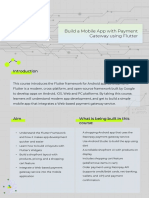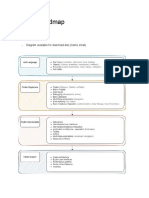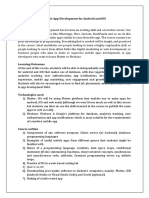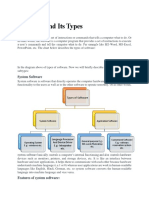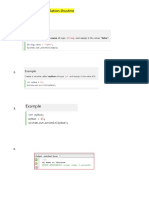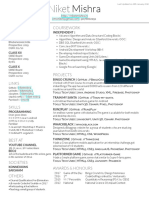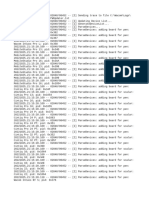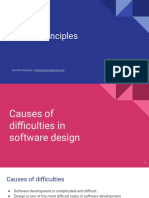0% found this document useful (0 votes)
11 views3 pagesApp Dev Roadmap
app development roadmap
Uploaded by
muhammadhuzaifa2650Copyright
© © All Rights Reserved
We take content rights seriously. If you suspect this is your content, claim it here.
Available Formats
Download as DOCX, PDF, TXT or read online on Scribd
0% found this document useful (0 votes)
11 views3 pagesApp Dev Roadmap
app development roadmap
Uploaded by
muhammadhuzaifa2650Copyright
© © All Rights Reserved
We take content rights seriously. If you suspect this is your content, claim it here.
Available Formats
Download as DOCX, PDF, TXT or read online on Scribd
/ 3




















